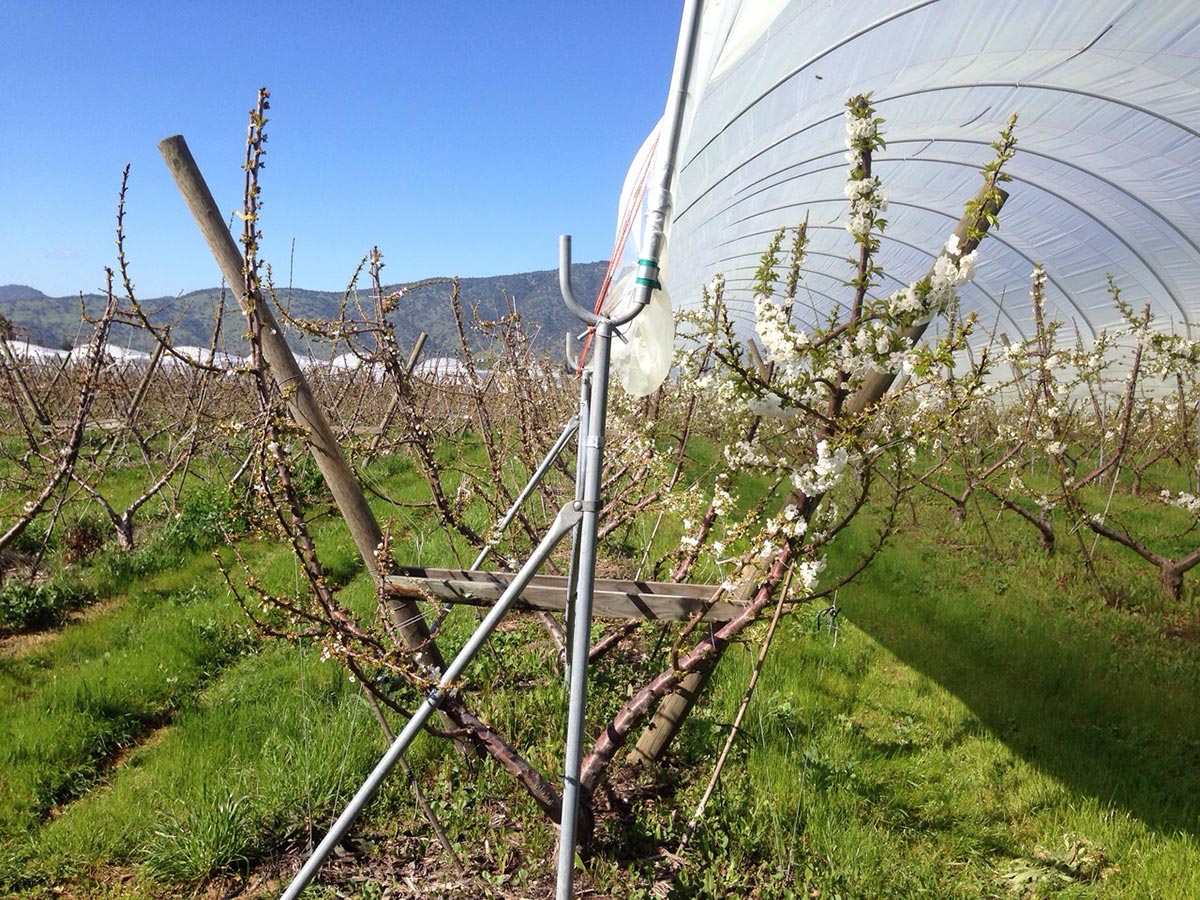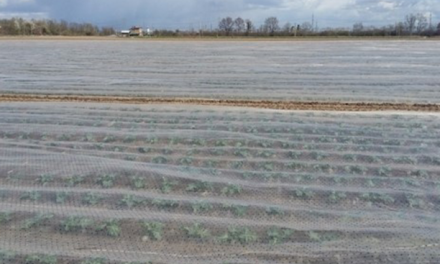
New regulation in California seeks more sustainable practices in agriculture

For several years, the agricultural sector has been transforming to enable increasingly environmentally friendly processes. In this opportunity, we will talk about sustainable agriculture in California and the challenges faced by its farmers and growers to comply with regulations and, in turn, meet the demands of the market.
In the United States, when we talk about agriculture, many people think of the state of California. This is due to its wide variety of crops thanks to its favorable climate, and years of agricultural tradition. However, when it comes to sustainability, there is still a long way to go.
Over the years, several measures have been taken to make agricultural practices more sustainable. For example, in Monterey County, according to information provided by its Agricultural Office, these measures achieved a 17% reduction in irrigation use. However, it is necessary to continue working on new strategies that, in turn, imply new challenges for agricultural producers.
New Ag Order 4.0 regulation, a new challenge toward more sustainable agriculture in California
In April 2021, Ag Order 4.0, a new regulatory scheme established by the Central Coast Regional Water Quality Control Board, went into effect, requiring growers to rethink established farming practices to achieve sustainable agriculture in California.
According to information outlined on the website California Water Boards, Ag Order 4.0 seeks to:
- Protect and restore beneficial uses of surface water and groundwater.
- Achieve water quality objectives specified in the Central Coast Basin Plan
- Minimize nitrogen discharges to groundwater
- Minimize nutrient, pesticide, and sediment discharges to surface waters
- Protect riparian and wetland habitat
For more information on the new regulation that seeks to create sustainable agriculture in California, we recommend clicking here.
Agricultural producers’ fears about the new measures in California:
Faced with this new set of measures, several growers have expressed concern, as they don’t know if they will be able to meet the new standards derived from aggressive sustainability measures.
One of the main concerns is the growing speed of one of their main crops: leafy vegetables. This speed means that harvesting periods are very short, an estimated 30 days in the case of lettuce, so the process of replanting is usually done almost immediately to meet consumer demand.
To give you an idea, 61% of the leaf lettuce supply in the United States comes from Monterey County. With this new regulation, this type of intensive agriculture will be affected.
Another factor is that consumers expect to receive insect-free vegetables and, in the case of vegetables such as lettuce, this is a challenge.
Because of the shape of lettuce, insects such as aphids feel comfortable on their leaves, so growers sometimes have to resort to pesticides to keep them at bay. With these new measures, the use of pesticides would be greatly limited.
Is the new regulation viable?
According to information published on the website Growing Produce, there are agricultural producers considered highly sustainable, such as those of Braga Fresh, who perceive that the new regulation sets the bar very high, making them doubt whether they will be able to meet market demand and regulatory requirements.
The doubt arises because some of the goals demanded by the Regional Water Quality Control Board require more sophisticated technologies. This implies a significant investment to achieve these quality standards in the agricultural industry, while still meeting consumer demand.
For information on some alternatives that can help improve agricultural practices, we recommend reading our article 2-in-1 Films on agriculture: a sustainable option.
Some of the measures implemented by agricultural producers in California to make practices more sustainable have been to reduce the use of some of the more toxic chemicals, transitioning to approaches that are less toxic such as pheromones instead of pesticides, as well as protecting and restoring the habitat to absorb excess water from rainfall.
Ideally, these practices should begin to be widely applied, not only in California but in the rest of the agricultural regions of the world.




![[eBook] Sustainability and water management](https://agriplasticscommunity.com/wp-content/uploads/8_550x310_ENG-150x150.png)
![[eBook] Sustainability and water management](https://agriplasticscommunity.com/wp-content/uploads/8_550x310_ENG-440x264.png)
![[eBook Trends in Agriculture Plastics] Increasing use of biodegradable mulch](https://agriplasticscommunity.com/wp-content/uploads/550 × 310_2_ENG-440x264.png)
![[eBook Trends in Agriculture Plastics] Reducing the plastic used in the manufacture of agricultural films](https://agriplasticscommunity.com/wp-content/uploads/550 × 310_1_ENG-150x150.png)
















